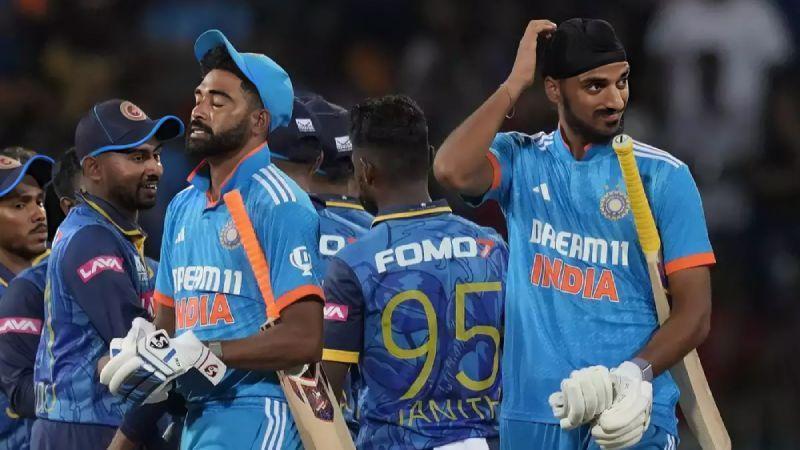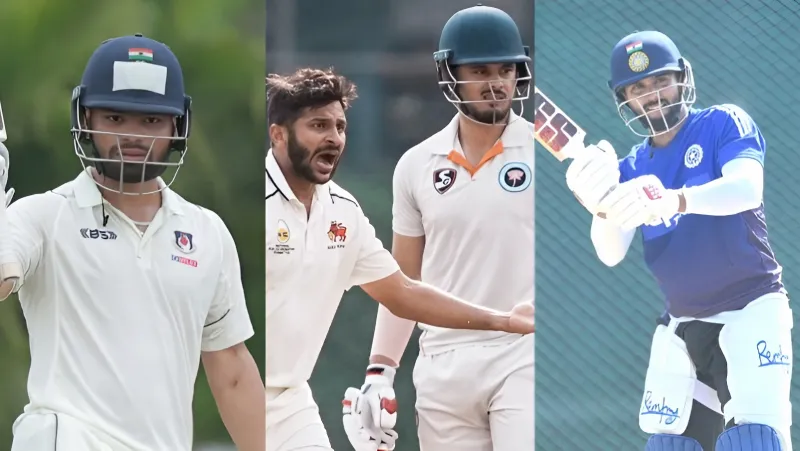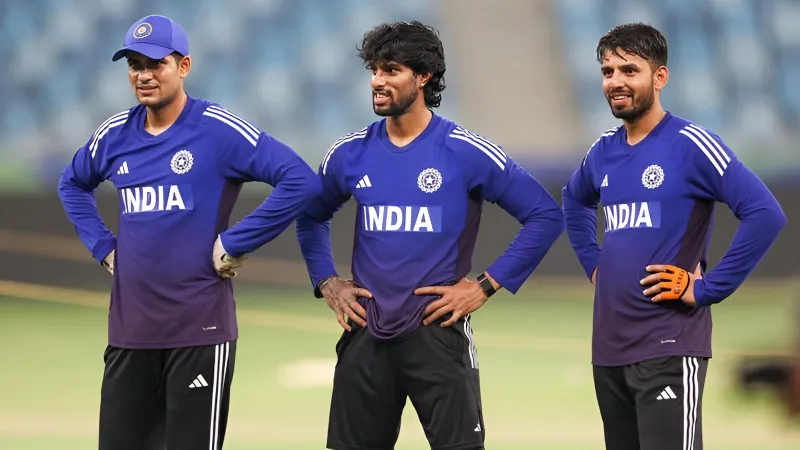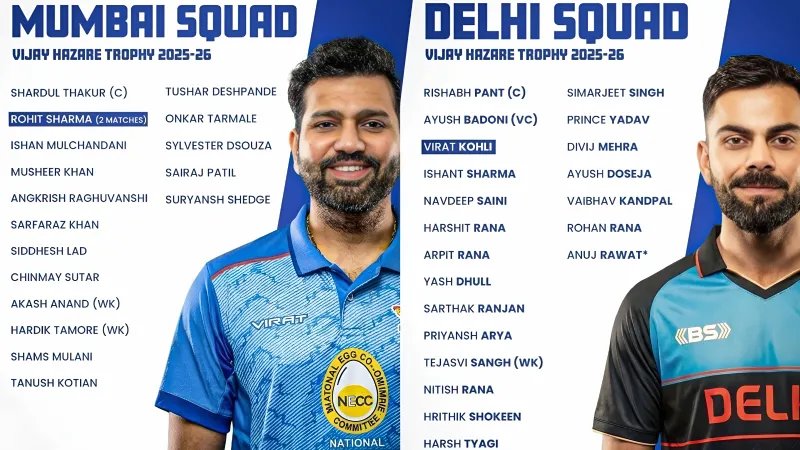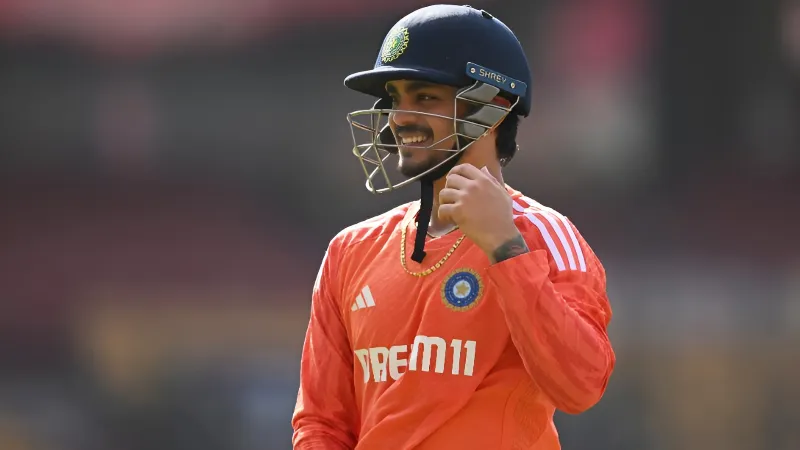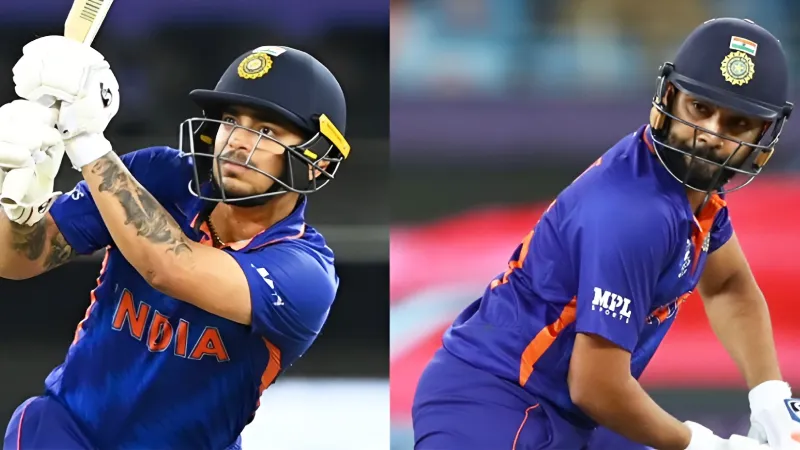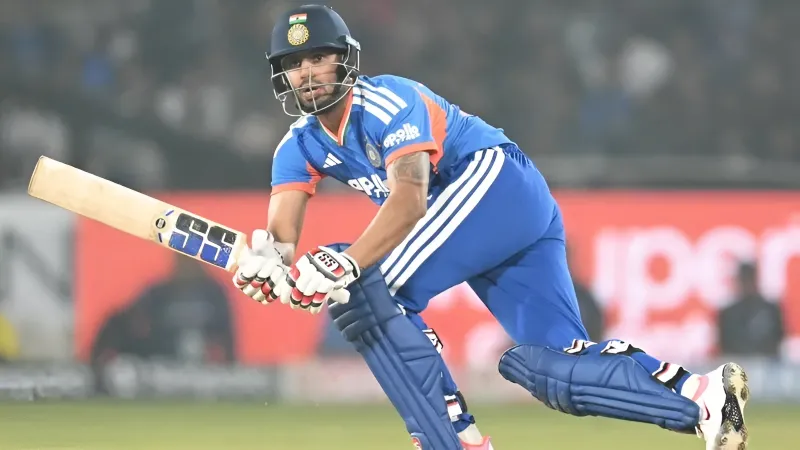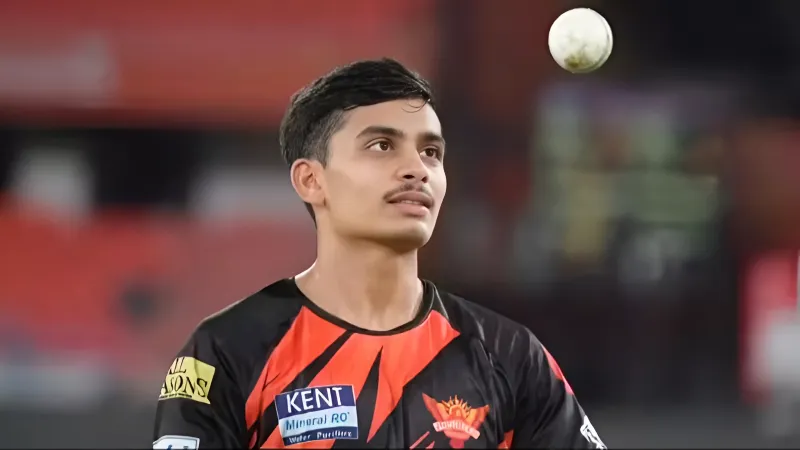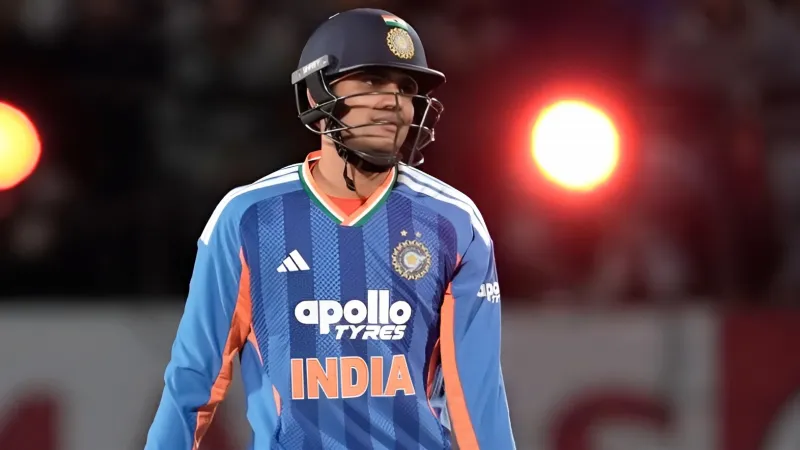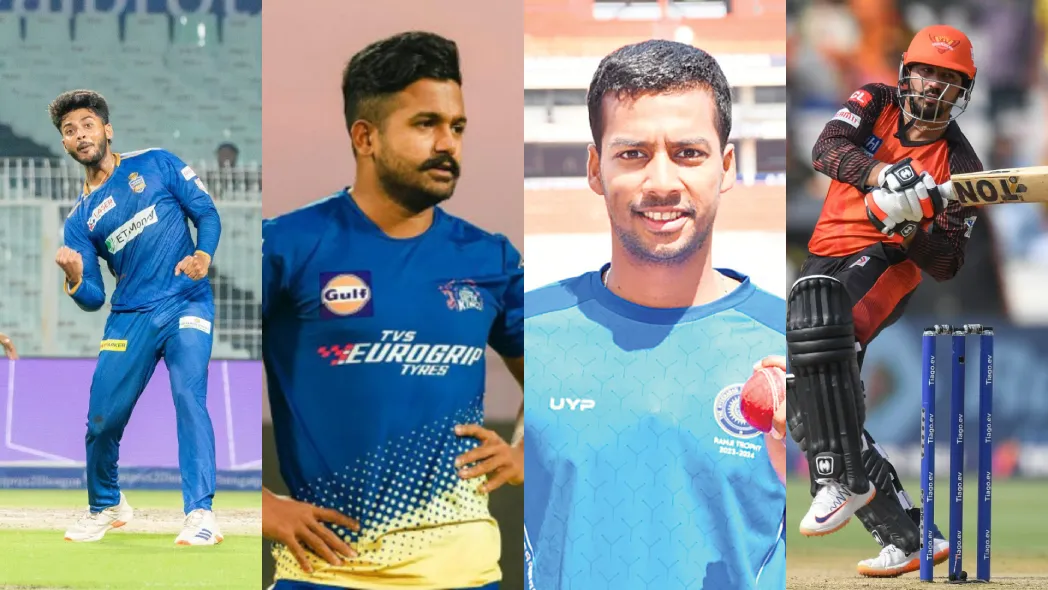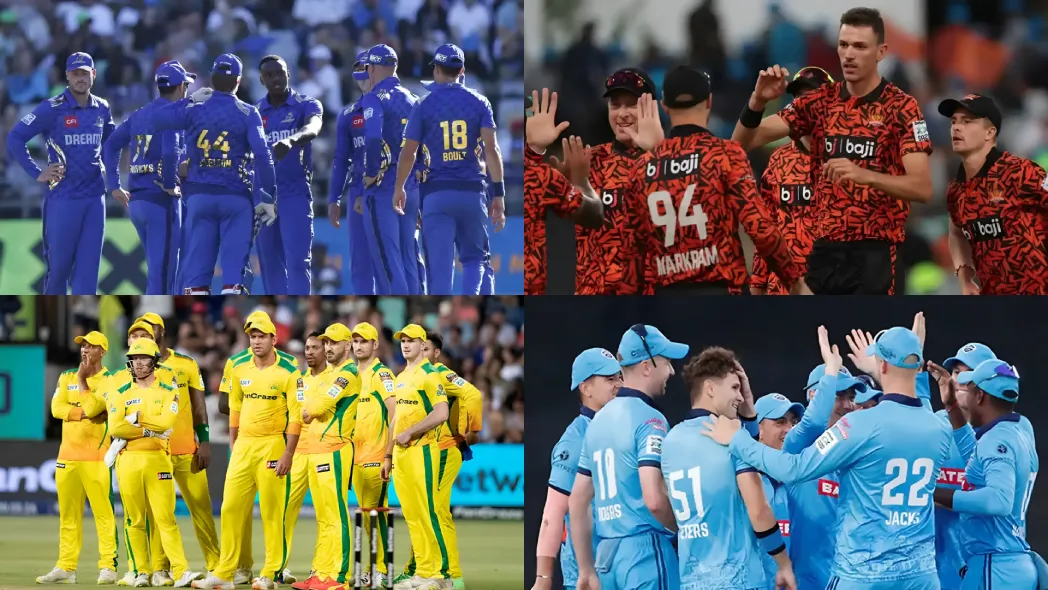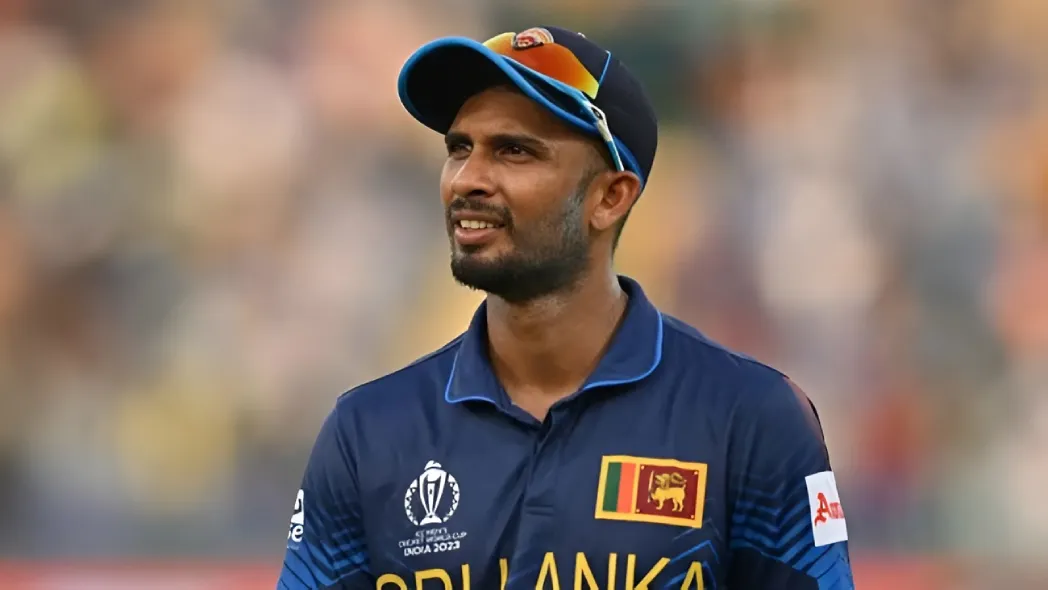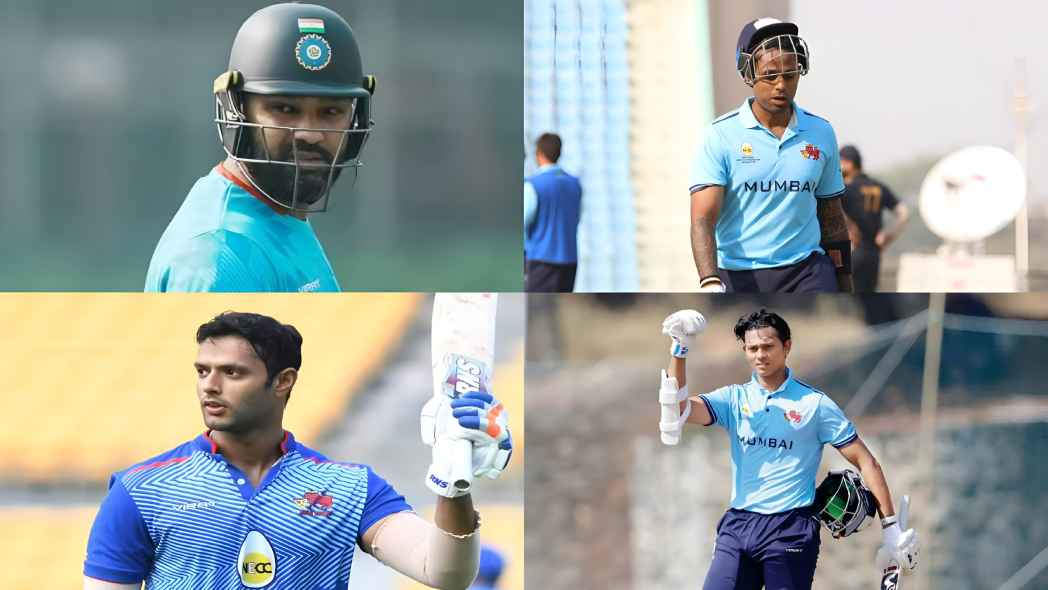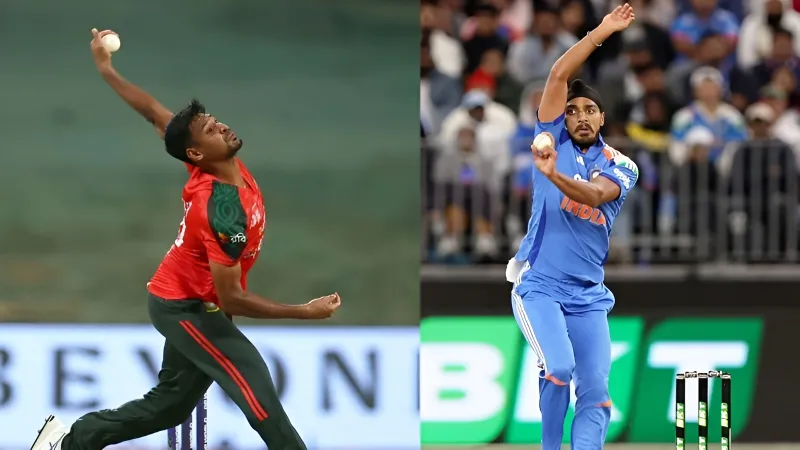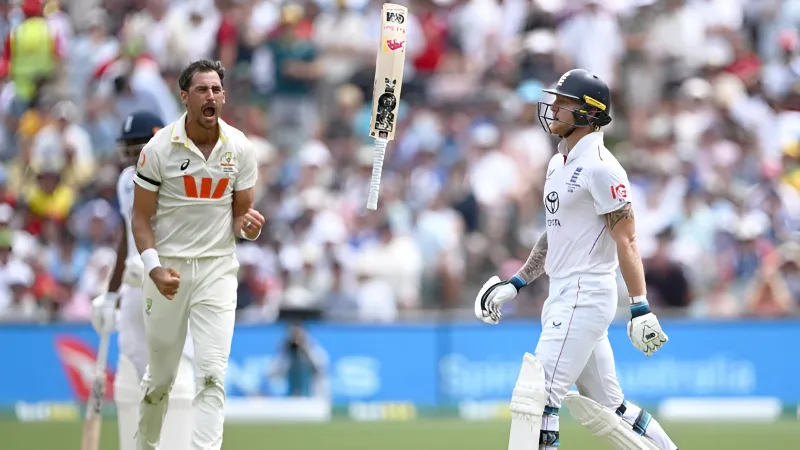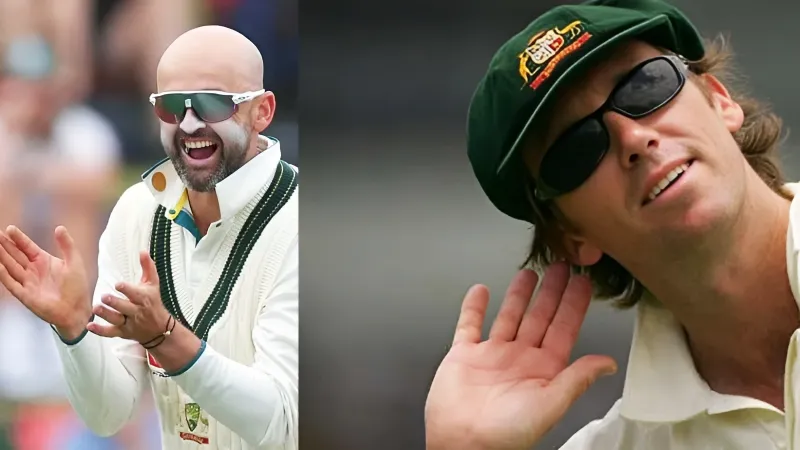India’s recent ODI series against Sri Lanka has marked a significant shift in their cricketing fortunes. After 27 years of treating Sri Lanka like their personal cricketing playground, India now finds itself in a bit of a pickle, trailing 1-0 in the three-match series. Despite fielding a lineup similar to the one that reached the final of the 2023 World Cup unbeaten, India seems to be struggling against an injury-affected Sri Lankan team. This raises several questions about India’s current strategies and what changes are needed to regain their dominance.
Stabilizing the Batting Order
One of the most critical issues facing India is the constantly changing batting order. During the World Cup 2023, the team’s success was largely attributed to a well-set batting lineup, with Shreyas Iyer and KL Rahul excelling in their roles at numbers four and five. However, under the new management led by Gautam Gambhir, there has been a persistent search for optimal left-right combinations, leading to frequent changes in the batting order.
In the second ODI, Iyer and Rahul were pushed down to six and seven, positions unfamiliar to them, which hindered their ability to play their natural game. The previous game saw them at five and six, indicating a lack of consistency in their roles.
While the idea of flexible batting positions can be beneficial in the long run, it requires time for players to adapt. For the immediate future, sticking to a more consistent order that leverages the strengths of key players like Iyer and Rahul in their preferred positions will provide stability and confidence.
Reinforcing the Bowling Attack
India’s bowling attack has been under scrutiny, particularly in the absence of their star pacer, Jasprit Bumrah. The over-reliance on Bumrah has become increasingly evident as Arshdeep Singh and Mohammed Siraj have struggled to fill his shoes. Despite Siraj taking an important wicket in the second ODI and Arshdeep’s commendable two wickets in the first game, their overall performance has been inconsistent.
The inability to capitalize on the assistance from the wicket and the failure to effectively use slower deliveries and yorkers in the death overs have allowed Sri Lanka’s lower-order batsmen to push the score to competitive levels. India’s difficulty in breaking crucial partnerships and containing runs in the middle overs has exposed a significant weakness in their pace attack.
The management needs to consider reinforcing the pace attack, either by giving more responsibility to Arshdeep and Siraj with focused coaching on death-over bowling techniques or by bringing in fresh talent from the domestic circuit.
Spin Vulnerability
India’s struggle against spin has been a recurring issue, as evidenced by the performances of Sri Lanka’s Dunith Wellalage and Jeffrey Vandersay. Wellalage, known for his batting, has also been a thorn in India’s side with his left-arm spin, while Vandersay’s leg-spin dismantled India’s top order in the second ODI. India’s inability to read and counter lesser-known spinners on turning tracks is alarming for a team aspiring to compete in spin-heavy conditions like those expected in the upcoming Champions Trophy.
Immediate attention is needed to improve the team’s approach against spin. In the short term, including a player like Rishabh Pant, who has shown proficiency against spin, could provide stability. Additionally, batting coach Abhishek Nayar needs to work on both the technical and mental aspects of playing spin with the current lineup.
For more, visit JeetBuzz News to read our quality Cricket Blog updates. Explore if you want to reminisce and enjoy all of your favourite cricket players and nostalgic match moments. To ensure that you never miss out, keep updated and join in the fun!

